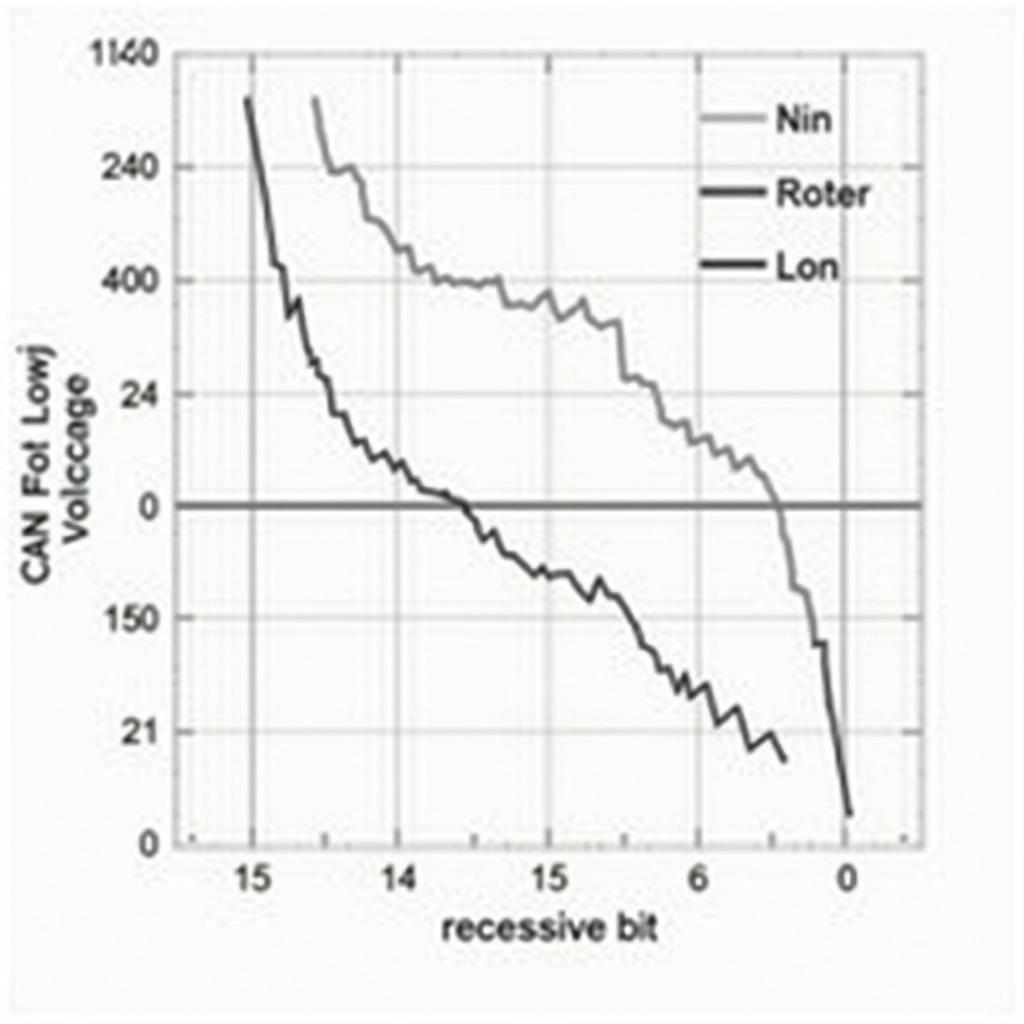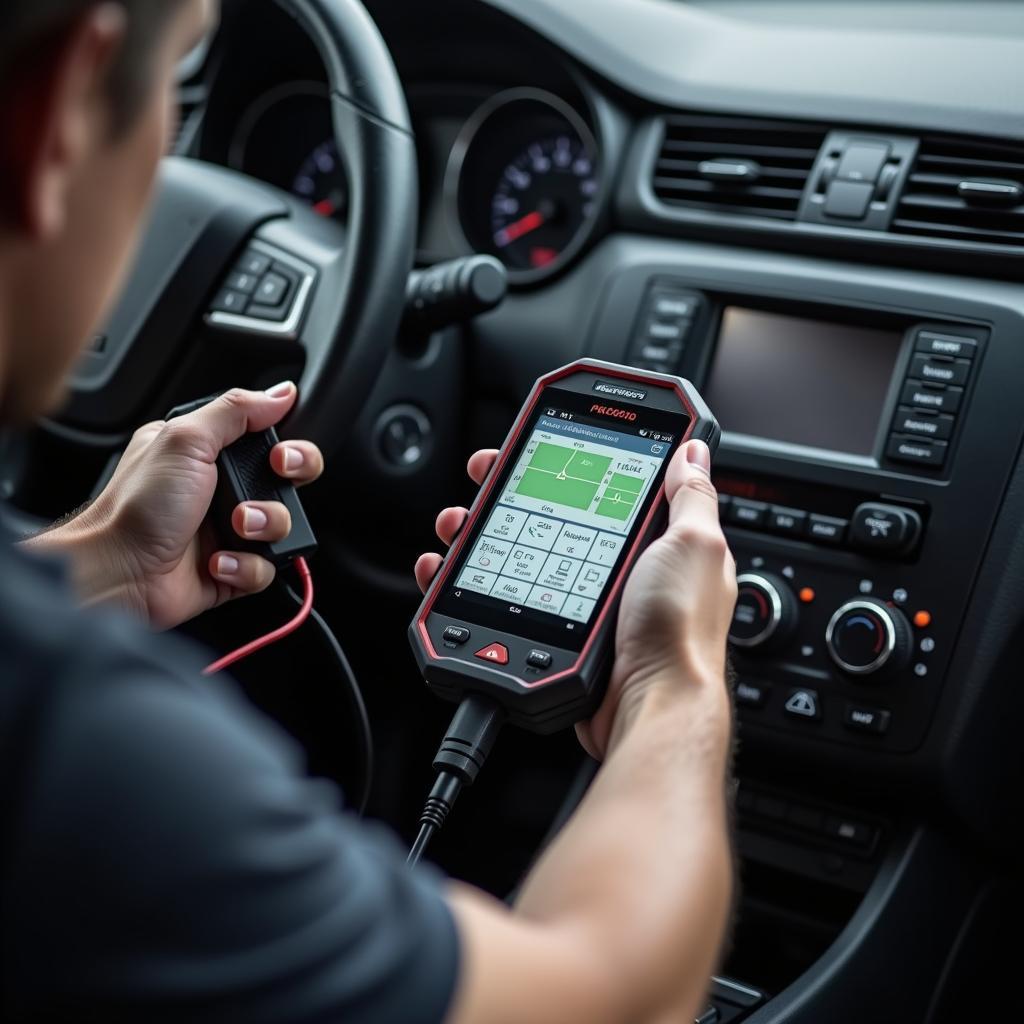The CAN bus (Controller Area Network) is a bus system used in modern vehicles for communication between various control units. It distinguishes between CAN High and CAN Low, two signal lines that work together to transmit data. hotel vermoi latsch In this article, we will take a closer look at how CAN High and CAN Low work and their significance for vehicle diagnostics.
What are CAN High and CAN Low?
Simply put, CAN High and CAN Low represent the two voltage levels used on the CAN bus. They form a differential signal, meaning the information is transmitted through the voltage difference between the two lines.
- CAN High: Is typically around 3.5 Volts.
- CAN Low: Is around 1.5 Volts.
When a control unit wants to send data, it creates a dominant state by lowering the level on CAN High and simultaneously increasing the level on CAN Low. This differential voltage is recognized by other control units on the bus. A recessive state, where CAN High is high again and CAN Low is low, signals the end of transmission.
 CAN Bus High and Low voltage signals diagram
CAN Bus High and Low voltage signals diagram
Why a differential signal?
Using a differential signal on the CAN bus has crucial advantages over a single-ended signal, which uses only one line for data transmission:
- Noise immunity: Electromagnetic interference generated by other components in the vehicle affects both lines equally. However, the difference remains the same, ensuring data transmission remains undisturbed.
- Reliability: By continuously checking the voltage difference between CAN High and CAN Low, transmission errors can be detected early.
Significance for Vehicle Diagnostics
The signals on CAN High and CAN Low provide valuable information for vehicle diagnostics. These signals can be graphically represented and analyzed with an oscilloscope. This allows, for example, the identification of the following problems:
- Short circuits: A short circuit between CAN High and CAN Low or to ground results in a characteristic signal pattern that is easy to recognize.
- Interruptions: An interruption in one of the two lines means that no more data can be transmitted.
- Defective control units: A defective control unit can send faulty signals onto the bus or block the bus, which is also visible in the signal pattern.
 Technician diagnosing a CAN Bus system in a vehicle
Technician diagnosing a CAN Bus system in a vehicle
Practical Tips
- When working on the CAN bus, always use high-quality diagnostic equipment that can correctly read and interpret the signals on CAN High and CAN Low.
- Ensure that the CAN bus lines are correctly routed and protected from damage.
- In case of problems with the CAN bus, always consult an experienced vehicle technician.
Conclusion
CAN High and CAN Low are essential for the functionality of the CAN bus and play a significant role in vehicle diagnostics. Understanding the operation and importance of these signals is therefore essential for anyone working on modern vehicles.
Further information on vehicle diagnostics can be found in our article “ford transit automatic transmission problems“.
Do you need support with diagnosing your vehicle? Our experts are happy to help! Contact us via our website and let our experienced automotive mechatronics engineers advise you.
